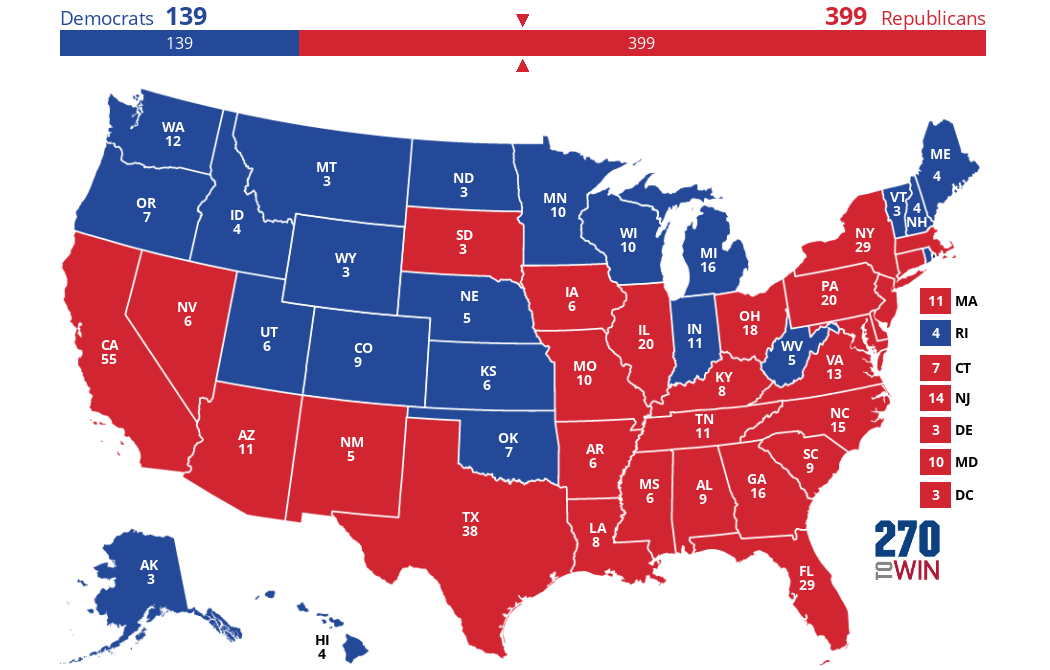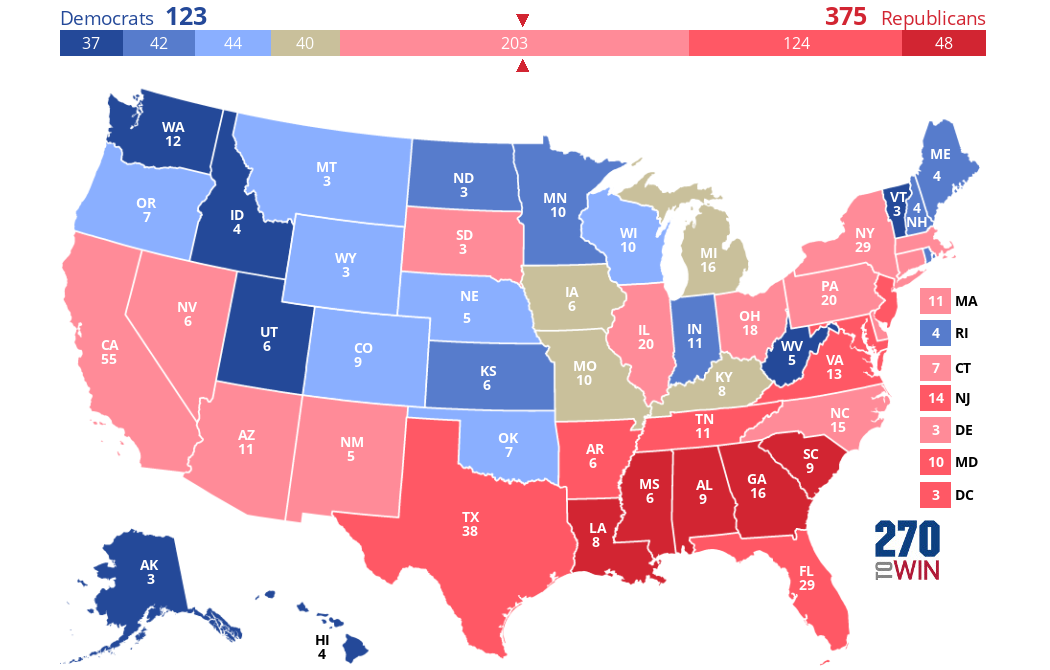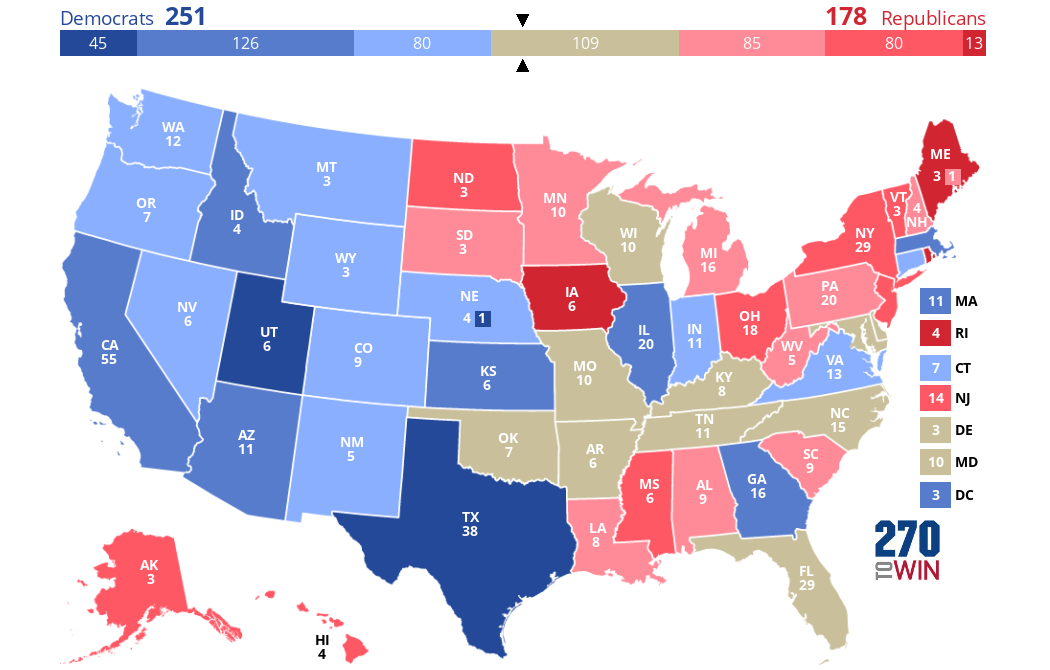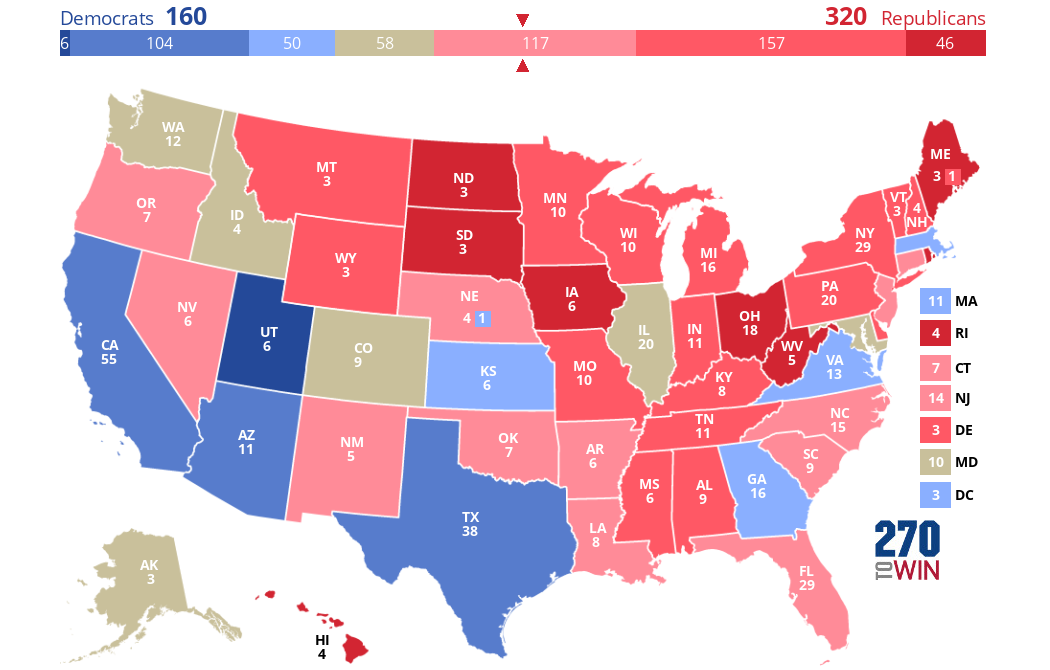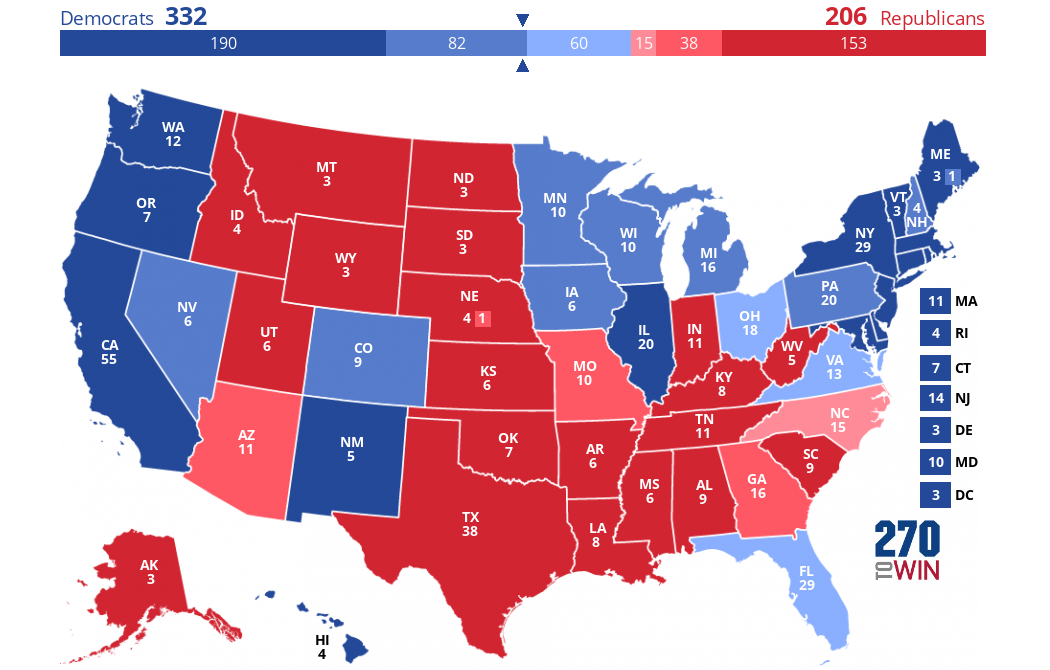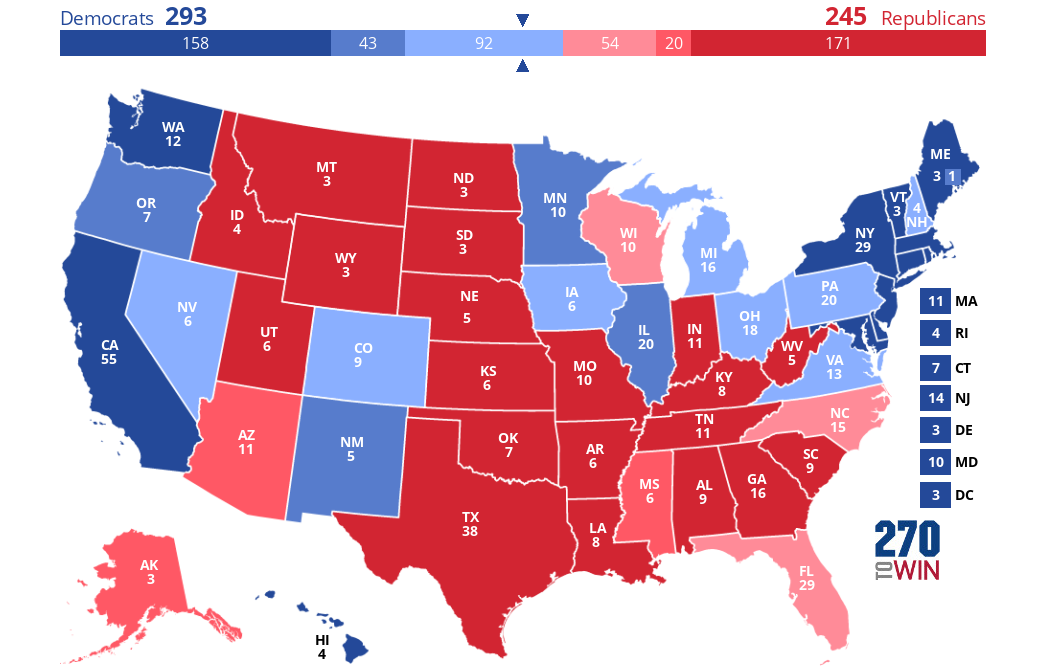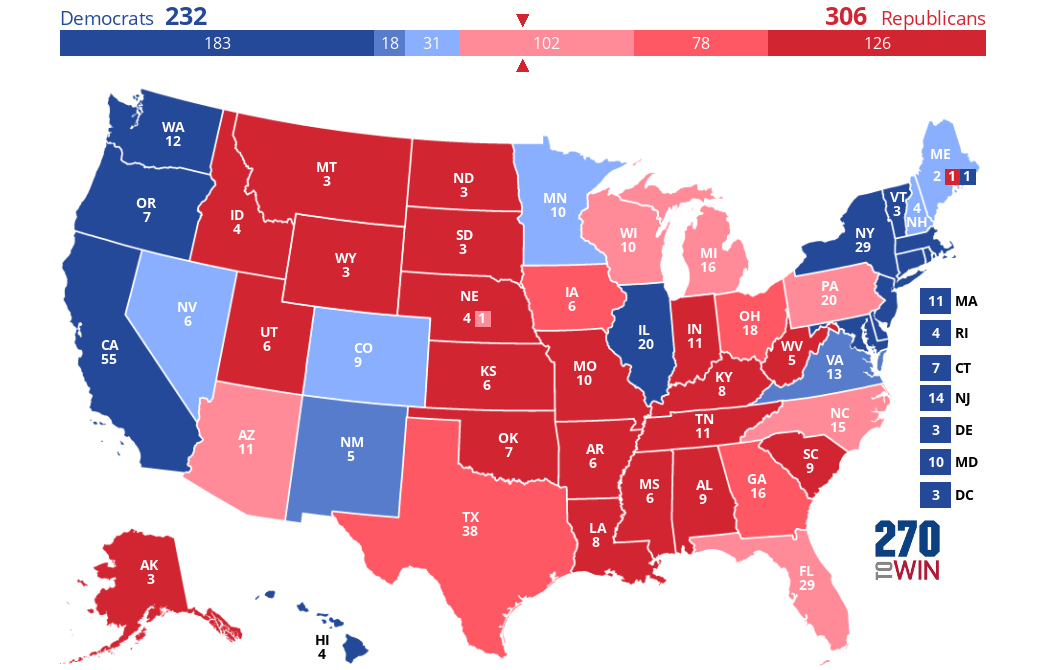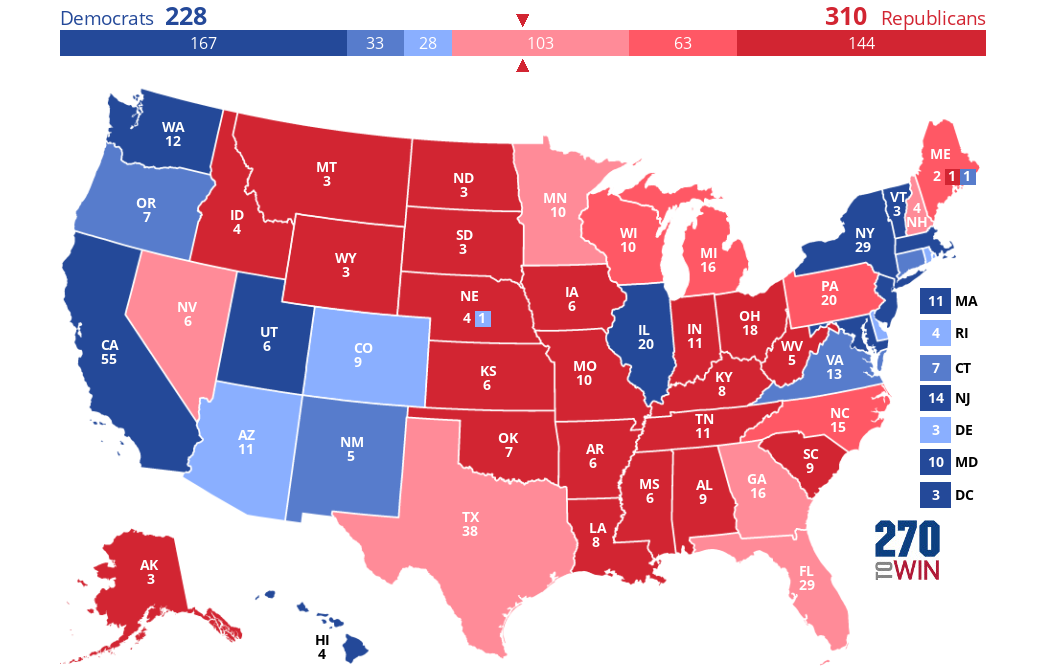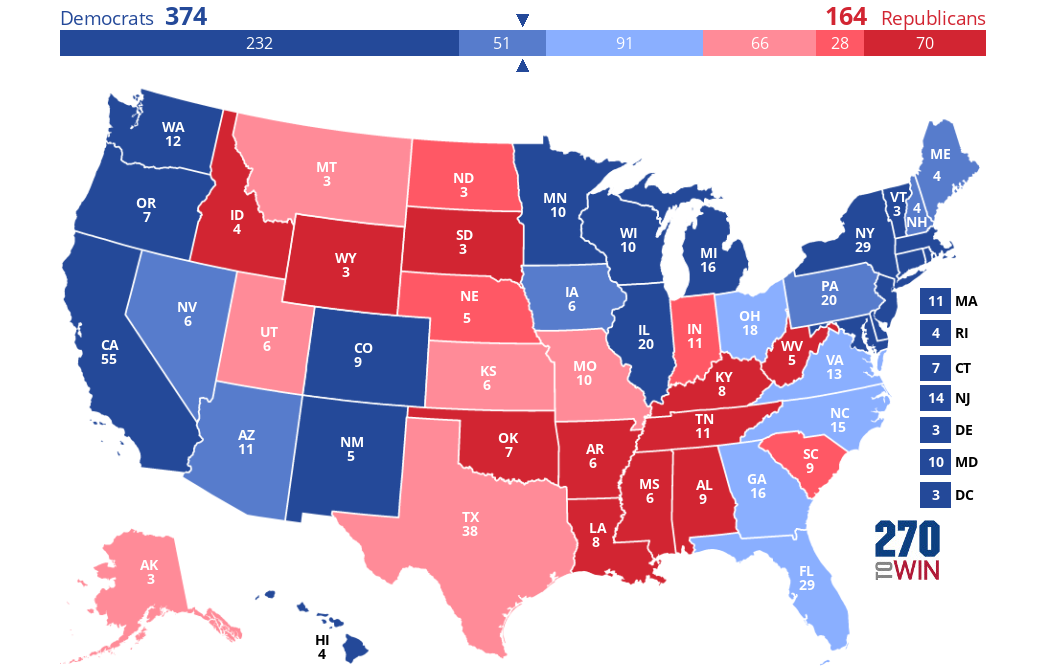The first answer to the above question is that BG is fundamentally focused on DNA as though it was the only way that human traits could be biologically transmitted across generations. But Charney (2012a) has noted:
"DNA can no longer be considered the sole agent of inheritance...The epigenome, that is, the complex biochemical system that regulates DNA expression, turning genes on and off and modulating their “transcribability,” has been found to be heritable, both somatically and intergenerationally via the germline, enabling the biological inheritance of traits with no changes to the DNA sequence. Furthermore, the epigenome is highly environmentally responsive. Environmentally induced changes in gene transcribability can have long-term – sometimes lifelong – phenotypic consequences."
So what does this all mean? It means that you can't just focus on the DNA, you must also focus on epigenetic processes as means of transmitting biological "information" through generations. Right? And it also looks like epigenetic processes can both alter DNA expression and be changed by environmental factors. This latter phenomenon, if it is true, means changes in the environment could indirectly led to changes in expression of DNA, meaning that the environment can affect genes. Surely this means that it is meaningless to refer to "genes" vs. "environment" as separate when this relationship demonstrates that they are anything but, with changes in the latter capable of changing expression of the former?
Maybe not: one common tactic of BG researchers when confronted with the supposed existence of transgenerational epigenetic inheritance is to say "nuh-uh!". More precisely they tend to argue that the evidence for epigenetic inheritance allowing traits to be inherited without DNA sequence changes is weak or nonexistent. For example, Barnes et al. (2014) claim,
"...epigeneticists are urging social scientists to be more cautious when discussing epigenetic influences on social behavior. In the words of two preeminent epigeneticists, Heijmans and Mill (2012: 4): “[E]pigenetics will not be able to deliver the miracles it is sometimes claimed it will.” Perhaps unknown to sociologists who have hung their future of the field on epigenetics, epigeneticists are confronted with the same problems genomic and biosocial scientists are encountering."
Similarly, Battaglia (2012) noted, "the relationship between widespread epigenetic marks and genetic expression is still controversial." This particular paper was also cited by Liu & Neiderhiser (2017, p. 100), who also make a very similar point in saying (p. 101), "findings from epigenetic studies are still controversial and inconsistent, especially in humans".
Let's return to Liu & Neiderhiser (2017), a book chapter that goes into more detail than anything else I've seen in "debunking" conceptual criticisms of BG. This same chapter states (pp. 100-101): "...proponents of an epigenetic approach would expect that the environ mental and behavioral inputs over time would contribute to increasing variation in gene expression, thus decreasing the phenotypic concordance among MZ and DZ twin pairs. However, this prediction is not consistent with the finding that for intelligence, the degree of similarity among MZ twin pairs increases throughout the life span and the heritability of intelligence continues to increase linearly with age". This argument is also made by Battaglia (2012). Charney (2012b) responds to Battaglia by saying the following:
"Both Battaglia and MacDonald & LaFreniere argue against the claim that MZ twins become more epigenetically and genetically discordant over their lifetimes by citing studies that purport to show that heritability increases with age. I am not sure if their claim is that these studies demonstrate that epigenetic discordances of MZ twins do not, in fact, increase over time, or that, although they may increase over time, they have no effect upon phenotypes. If the former, then clearly the results of a twin study cannot refute the existence of increasing epigenetic discordance, a phenomenon that has been repeatedly demonstrated by advanced molecular techniques (Ballestar 2009; Fraga et al. 2005; Kaminsky et al. 2009; Kato et al. 2005; Martin 2005; Mill et al. 2006; Ollikainen et al. 2010; Petronis et al. 2003; Poulsen et al. 2007; Rosa et al. 2008). To deny this would require a refutation of these studies. So, I take the argument to be the latter, namely, that studies that purport to show that heritability increases with age demonstrate that whatever epigenetic (and genetic) changes MZ twins experience over their lifetimes have no effect upon, for example, cognitive development.
Such generalizing from one or two studies concerning one or two phenotypes to all behavioral phenotypes is a common practice in the twin study literature, and it is also an example of the fallacy of “hasty generalization.” Given that the results of a number of other twin studies draw the opposite conclusion–that heritability decreases with age–including the heritability of cognitive ability, such an argument in this context is perhaps more accurately characterized as an instance of the fallacy of neglect of relevant evidence. For example, according to Reynolds et al. (2005):
As the number of waves of data collection in longitudinal twin studies has increased, behavior genetic analyses of changes with age have begun to be conducted. Results suggest strong genetic influences on stability (Plomin et al. 1994) over the short term. Initial cohort-sequential analysis suggested a decline in heritability of IQ from age 60 to age 80 (Finkel et al. 1998), a conclusion that has been supported by cross-sectional results from other twin studies of aging (McClearn et al. 1997; McGue & Christensen 2002). (Reynolds et al. 2005, p. 3)
And as Reynolds et al. (2005, p. 13) note of their own study: “The findings of the present study can be construed as generally supportive of theories proposing the increasing importance of the environment with respect to cognitive aging: Although heritable influences are of greater relative importance for individual differences in cognitive performance, environmental variances increase steadily after age 65.” Other twin studies have reported decreasing heritability for personality (Floderus-Myrhed et al. 1980; Pedersen et al. 1988), science scores (Haworth et al. 2009), extraversion and introversion (Viken et al. 1994), self-esteem (Jonassaint 2010; Raevuori et al. 2007), body mass index (Korkeila et al. 1991), and anxiety/depression (Saviouk et al. 2011)."
So Charney's (2012b) point here is clear: there is not very consistent evidence that heritability values in BG studies for all behavioral traits do, in fact, increase with age. On the contrary, the evidence for all behavioral traits taken together (rather than just intelligence, the only one BG defenders typically mention) is decidedly mixed and thus does not strongly contradict or support the "epigenetic approach" as Liu & Neiderhiser (2017) call it.
More criticisms of the argument that epigenetics has significant effects that are relevant to BG are made by Moffitt & Beckley (2015). First, they claim, "...methylation is ubiquitous and normative, and usually it has nothing to do with experience but is part of organism development that is, incidentally, under genetic control. Because the genome is identical in each of our cells, during normal development, most of our genes must be methylated, lest a kidney cell grow into an eye or a fingernail cell grow into an ear. Against this normative background, methylation marks that can be statistically associated with external experience are relatively rare, and effect sizes are expected to be small." They also have six more criticisms of epigenetics-centered human behavioral research, but criticisms 2-4 inclusive are all technical and centered around whether such research is feasible, not whether there is strong evidence for the reality of epigenetic effects on DNA expression and thus on behavior.
Before moving onto Moffitt & Beckley's last 2 objections, I will note something about the first sentence in the quote I cited in the above paragraph. They claim that methylation is part of the development of the organism, and that (this is crucial) this development is "under genetic control". Really? In any case, DNA methylation is only one kind of epigenetic process: there are also other processes like histone acetylation, "histone methylation, phosphorylation, or ubiquitination, to name a few" (Moore 2017). Thus, it is weird that Moffitt & Beckley devote 100% of their epigenetic-related attention in their article to DNA methylation. Moreover, they are claiming that environmental factors do not significantly affect DNA methylation and that this process does not significantly vary from a baseline level, but they do not cite any sources to support this claim.
What is objection 5? Here's an excerpt: "...although a small set of nonhuman studies provide initial evidence that experience can apparently alter methylation, it is far from clear that the detected methylation alterations have any consequences for health or behavior. Before methylation can affect health or behavior, it must alter expression of genes. Links from methylation data forward to gene expression data are not yet known." This is also an argument from Battaglia (2012). Charney (2012b) responded to Battaglia's argument that there is not very much evidence that epigenetics affects human behavior by saying,
According to Battaglia, though epigenetic effects are potentially important, the individual and specific impact on brain and behavior is neither well understood nor unambiguously linked to gene expression data. In support of this assertion, he mentions a study by Zhou et al. (2011). Whatever Battaglia's precise intent in mentioning this study, their conclusion unambiguously links epigenetic changes to changes in gene expression and behavior:
In addition to histone modifications, gene expression is also regulated by many components of the complex transcriptional machinery and also involves other mechanisms such as DNA methylation. Nonetheless, our results reveal genome-wide alteration of histone H3K4 trimethylation resulting from long-term cocaine and alcohol exposure, and accompanying large-scale changes in gene expression that implicate several functional pathways in substance-shared and substance-specific fashion. (Zhou et al. 2011, p. 6631)
There are also some baseless arguments-by-assertion merely claiming, with no supporting evidence, that epigenetic processes and their ability to mediate environmental effects on gene expression do not pose a fatal problem for BG studies. Here's an example from a response of some BG researchers to critiques (McGue et al. 2005): "Although the study of epigenetic phenomena may provide a powerful paradigm for developmental psychology, it will not obviate the need for twin, adoption, and family research like that reflected in our article (McGue et al., 2005)." This strange and totally unsupported argument has made its way elsewhere: Liu & Neiderhiser (2017, p. 100) cite McGue et al. (2005) and make the same exact claim with no additional support.
Other fallacies that rear their heads in the responses-to-epigenetics literature include the good-old-fashioned straw man. For example, you could construct a straw man version of epigenetics and developmental systems theory, and the associated schools of thought, according to which proponents of these ideas believe that DNA is totally irrelevant to human behavior. Of course, like any good straw man, this is a totally inaccurate representation of these people's views, but that doesn't stop Liu & Neiderhiser (2017, p. 100) from informing us that "DNA sequence variations are important and will continue to be important." Duh! Who are these imaginary epigenetics proponents claiming that DNA should be ignored entirely? They don't exist! If you wanna know what these individuals actually believe, maybe read some of their work, such as a recent paper by Overton & Lerner (2017, p. 117):
- "the burgeoning and convincing literature of epigenetics means that genetic function is a relatively plastic outcome of mutually influential relations among genes and the multiple levels of the context within which they are embedded (cellular and extracellular physiological processes, psychological functioning, and the physical, social, and cultural features of the changing ecology [e.g., Cole, 2014; Slavich & Cole, 2013])."
But BG researchers always have one more consistent "out" when confronted with epigenetics: claim that it can be incorporated into BG research. This is one of the most common answers to the question that forms the title of this post. Liu & Neiderhiser (2017), for instance, after casting doubt on the importance and DNA-independence of human epigenetics for almost two full paragraphs, tell us (p. 101), "In sum, we wish to emphasize that family-based behavioral genetic approaches are a promising way to study complex epigenetic effects and gene expression." This message seems oddly inconsistent with what they said in the previous dozen sentences or so, but OK. Moffitt & Beckley make a similar but distinct suggestion: that twin studies be used not to estimate heritability (their most common purpose historically), but to rule out potential confounding factors and biases:
"Dizygotic twins are ideal for testing what factors explain behavioral differences between siblings who are matched for age, sex, ethnic background, and most early rearing experiences. Discordant monozygotic twins are ideal for studying environmentally induced variation in the behavior of siblings matched even further, for genotype (Moffitt, 2005a)...The current recommendation from the experts is, if you plan to study human epigenetics, then at least use twins." (Moffitt & Beckley 2015)I admit, that last sentence made me chuckle (it's clearly a reference to the common cliche about at least using a condom if you plan to have sex). Note that in making this recommendation, Moffitt & Beckley do not argue that classical twin studies or heritability estimation are scientifically valid or worthwhile; instead they try to argue that twin studies should be used for a totally different purpose.

